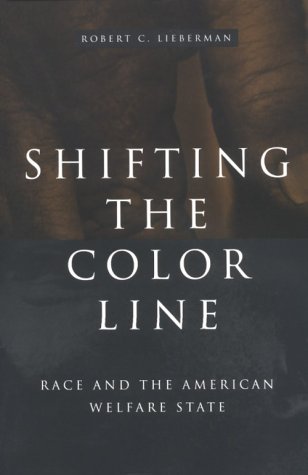Despite the substantial economic and political strides that African-Americans have made in th 20th century, welfare remains an issue that sharply divides Americans by race. This text explores the historical and political roots of enduring racial conflict in American welfare policy, beginning with the New Deal. Through social security and other social insurance programmes, white workers were succesfully integrated into a strong national welfare state. At the same time, African-Americans - then as now disproportionately poor - were relegated to the margins of the welfare state, through decentralized, often racist, public assistance programmes. Over the next generation, these institutional differences had fateful consequences for African-Americans and their integration into American politics. Owing to its strong national structure, social security quickly became the closest thing to a universal, colour-blind social programme. On the other hand, public assistance - especially Aid to Families with Dependent Children - (AFDC) continued to treat African-Americans badly, while remaining politically weak and institutionally decentralized.
Racial distinctions were thus built into the very structure of the American welfare state. By keeping poor blacks at arm's length while embracing white workers, national welfare policy helped to construct the contemporary political divisions - middle-class versus poor, suburb versus city and white versus black - that define the urban underclass.
- ISBN10 0674745620
- ISBN13 9780674745629
- Publish Date 15 August 1998
- Publish Status Out of Print
- Out of Print 17 August 2009
- Publish Country US
- Imprint Harvard University Press
- Format Hardcover
- Pages 316
- Language English
